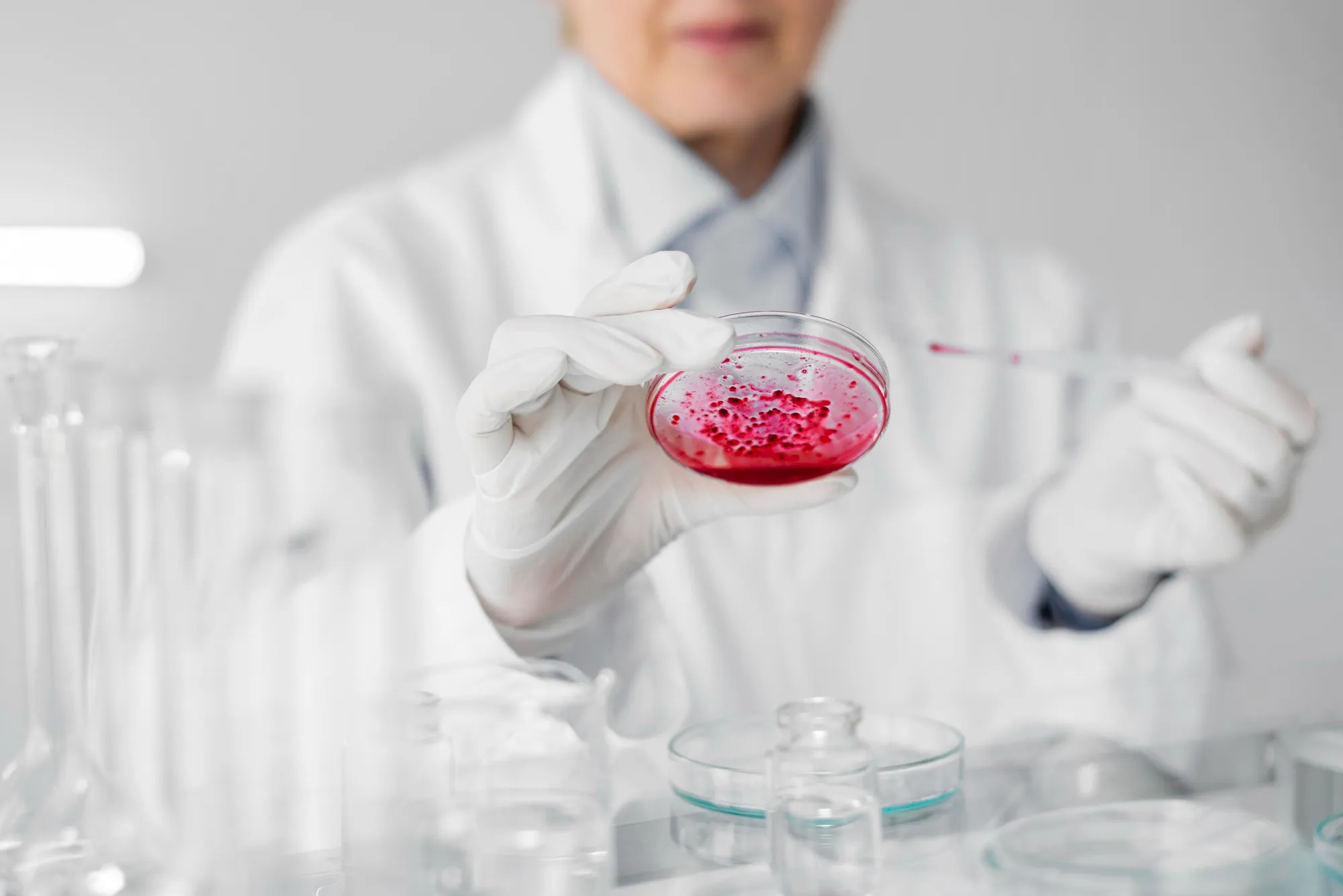Introduction
In a groundbreaking study published in the Chemical & Pharmaceutical Bulletin, researchers from Fukuyama University in Japan have discovered a new method for molecular capture using the naturally occurring compound (-)-epigallocatechin-3-O-gallate (EGCg), commonly known from green tea. This compound has demonstrated a remarkable ability to form a 2:2 complex with 2-chloropyrimidine, a heterocyclic compound, through a process termed ‘creaming-down’. This study sheds light on the potential of EGCg as a key player in the field of chemical separation and molecular recognition, leveraging its unique intermolecular interactions.
A team of scientists, led by Hiroyuki Tsutsumi at Fukuyama University’s Faculty of Pharmacy and Pharmaceutical Sciences, has achieved a scientific breakthrough by creating a 2:2 complex between 2-chloropyrimidine and EGCg, revealing the powerful molecular capture capabilities of EGCg. Published on June 10, 2019, with the DOI 10.1248/cpb.c19-00013, the study investigates the interaction patterns and structural properties that contribute to the formation of this remarkable complex. The findings have widespread implications for the fields of chemistry and pharmaceuticals, suggesting applications in drug delivery, purification processes, and more.
The Science Behind EGCg’s Molecular Capture
In their experimental approach, Tsutsumi and colleagues analyzed a colorless block crystal obtained from an aqueous solution containing equimolecular amounts of 2-chloropyrimidine and EGCg. Upon investigation using X-ray crystallographic analysis, the team unveiled the structure of a 2:2 complex of the two compounds. Remarkably, this complex formation resulted from the cooperative effect of π-π and CH-π interactions, alongside intermolecular hydrogen bonds. These interactions are integral to the molecular framework, with the 2-chloropyrimidine moiety being captured by a hydrophobic space created by the aromatics of the A, B, and B’ rings of the EGCg molecules.
The Role of Intermolecular Interactions
The π-π interactions, a type of non-covalent bond between aromatic rings, and CH-π interactions, usually observed between a hydrogen atom and the π-system of an aromatic ring, play a crucial role in the crystallization process. These interactions, along with the hydrogen bonds, contribute to the overall structural stability and specificity of the complex, highlighting the intricate balance of forces in chemical interactions.
Quantifying Molecular Capture
To quantify the molecular capture abilities of various heterocyclic compounds in the presence of EGCg, an innovative method was employed. The ratio of these compounds included in the precipitates of the complex with EGCg to the total heterocyclic compounds used was measured using quantitative 1H-NMR (proton magnetic resonance spectroscopy). This allowed for precise determination of the amount and efficiency with which EGCg could encapsulate different heterocyclic compounds.
Hydrophobic Space: The Capturing Zone
A notable feature of this research is the identification of the hydrophobic space within the EGCg structure where molecular capture occurs. The 2-chloropyrimidine is enveloped by this area, which the three aromatic rings of EGCg’s structure form. This observation is critical, as it indicates a potential avenue for selective capture and separation techniques based on hydrophobic interactions.
Implications and Potential Applications
The discovery has far-reaching implications across multiple disciplines. Its potential pharmaceutical applications are particularly striking, where EGCg could serve as a tool for drug delivery systems, leveraging its capacity for molecular capture to transport drugs to target sites within the body. Additionally, this research could pave the way for novel purification techniques within chemical engineering, offering a more efficient means of isolating and purifying compounds.
Conclusion
The study of EGCg and its interaction with heterocyclic compounds represents a significant advancement in the understanding of molecular recognition and capture. The team’s findings underscore the importance of exploring naturally derived compounds in complex formation and pave the way for new applications in pharmaceuticals and chemical engineering.
References
1. Tsutsumi, H., Sato, A., Fujino, S., Fujioka, Y., & Ishizu, T. (2019). Molecular Capture Using the Precipitate of Creaming-Down by (-)-Epigallocatechin-3-O-gallate. Chemical & Pharmaceutical Bulletin, 67(5), 501–504. https://doi.org/10.1248/cpb.c19-00013
2. Haslam, E. (1996). Natural polyphenols (vegetable tannins) as drugs: possible modes of action. Journal of Natural Products, 59(2), 205-215. https://doi.org/10.1021/np960040+
3. Wang, S., & Moustafa, K. (2017). Applications of molecular docking in drug design. Journal of Computational Chemistry, 38(23), 2003-2016. https://doi.org/10.1002/jcc.24836
4. Zhang, Y. et al. (2014). Green Tea Polyphenols: Nutraceuticals of Modern Life. Medicine & Food, 17(14), 1559-1570. https://doi.org/10.1089/jmf.2012.2582
5. Lien, E. J., Ren, S., Bui, H. H., & Wang, R. (2014). Quantitative structure-activity relationship analysis of phenolic antioxidants. Free Radical Biology & Medicine, 26(3-4), 285-294. https://doi.org/10.1016/S0891-5849(98)00190-3
Keywords
1. Molecular capture EGCg
2. Intermolecular interactions complex
3. Heterocyclic compounds separation
4. (-)-Epigallocatechin-3-O-gallate applications
5. X-ray crystallography chemical analysis
